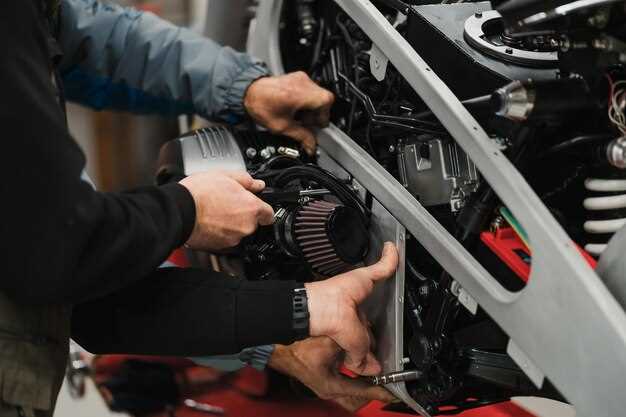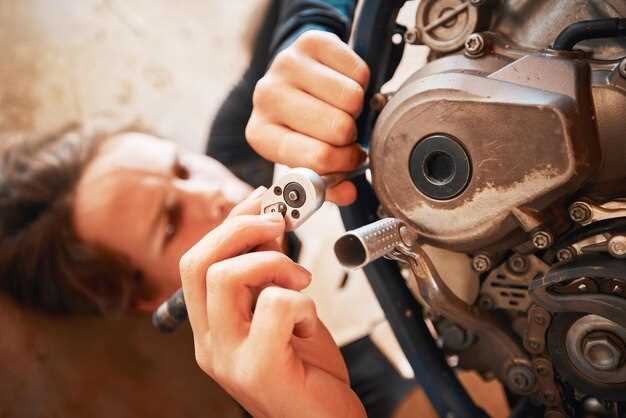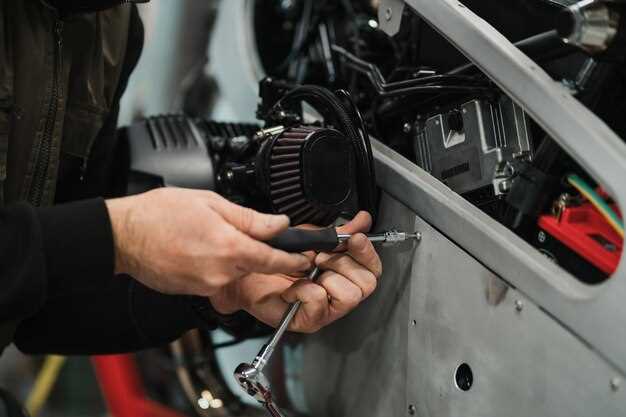

Every motorcycle enthusiast knows that engine performance is crucial for a thrilling ride. When faced with declining performance, the decision to rebuild your motorcycle engine can be daunting. Recognizing the right signs will help you avoid costly repairs or a complete breakdown on the road. Being aware of these symptoms can save you time and money in the long run.
If your engine starts to exhibit major issues, such as unusual noises, excessive oil consumption, or a significant drop in power, it might indicate that it’s time for a rebuild. These problems typically arise after years of wear and tear, and they are often a signal that the internal components of your engine are no longer functioning efficiently. Delaying necessary maintenance could lead to more severe damage and higher repair costs.
Additionally, noticing a persistent drop in engine compression or frequent overheating could signify that the engine is struggling to maintain optimal performance levels. Addressing these signs early on with a proper engine rebuild can restore your motorcycle’s vitality and enhance your riding experience. Don’t overlook these critical indicators; they are essential for ensuring your motorcycle remains reliable and enjoyable for years to come.
Identifying Unusual Engine Noises and Their Implications

One of the most critical indicators of your motorcycle’s health is the sounds emitted from the engine. Unusual noises can signal underlying issues that may require major repairs or even a complete engine rebuild. Recognizing these sounds early can save you time and money in the long run.
If you hear a knocking or tapping sound, it may indicate insufficient lubrication or worn components. This symptom should not be ignored, as it could lead to significant engine damage and necessitate major repairs. Furthermore, a consistent rattling noise might suggest loose parts within the engine, which also require immediate attention to prevent further deterioration.
Another sound to pay attention to is a loud grinding noise, which typically indicates a problem with the transmission or gearbox. If not addressed, this issue can compromise engine performance and may ultimately lead to the need for a complete engine rebuild.
High-pitched whining or whining noises can be indicative of belt or chain problems. If these components fail, they can cause catastrophic engine damage and result in expensive repairs. Listening for these sounds and responding promptly is essential for maintaining your motorcycle’s longevity.
In conclusion, paying close attention to any unusual engine noises is vital for motorcycle maintenance. Early detection of these noises can mitigate the risk of major damage and help you avoid costly repairs or a complete engine rebuild.
Assessing Engine Performance Loss and Fuel Efficiency
To determine if your motorcycle engine requires major repairs, it’s crucial to assess its performance loss and fuel efficiency. Signs of reduced performance often manifest as sluggish acceleration, decreased top speed, or increased engine vibrations. If your motorcycle feels less responsive than usual, this could indicate underlying engine issues that may necessitate rebuilding.
Monitoring fuel efficiency is another essential aspect. A noticeable drop in miles per gallon (MPG) can be an early warning sign of engine problems. When an engine is not operating at peak performance, it may consume more fuel to achieve the same power output. Factors contributing to reduced fuel efficiency include worn components, improper fuel-air mixture, or issues with the ignition system.
Regularly checking spark plugs, air filters, and fuel injectors can help in diagnosing performance-related issues. If these parts show signs of wear or contamination, they might be affecting the overall efficiency of your engine. Furthermore, consider analyzing exhaust emissions; excessive smoke or unusual colors can point towards severe engine problems that require your immediate attention.
By proactively assessing these indicators, you can decide whether your motorcycle engine is in need of major repairs or complete rebuilding, ultimately saving you time and money in the long run.
Recognizing Signs of Engine Wear and Damage During Maintenance

During routine maintenance, it’s crucial to pay attention to specific signs that indicate engine wear and damage, which may suggest it’s time to rebuild your motorcycle’s power unit. Recognizing these signs early can prevent major issues down the road.
One of the first indicators is a noticeable increase in oil consumption. If you find yourself adding oil more frequently, this could be a sign of internal leaks or worn piston rings. Additionally, excessive smoke from the exhaust often points to worn valve seals or cylinder walls, indicating significant engine wear.
Another important aspect to monitor is unusual noise from the engine compartment. Sounds like knocking, ticking, or grinding can signal serious issues, such as bearing wear or insufficient lubrication. These noises often indicate impending major damage that requires prompt attention.
Vibration levels can also be a telltale sign of engine issues. Increased vibrations while riding could mean that internal components are misaligned or worn. If you notice irregularities in how your motorcycle handles, it’s worth checking the engine for possible damage.
Lastly, changes in performance, such as loss of power or poor acceleration, are significant red flags. These symptoms often stem from internal problems, such as valve train issues or fuel delivery problems, which not only affect ride quality but also hint at the need to rebuild major components of the engine.
Being vigilant about these signs during maintenance can save you from unexpected breakdowns and ensure the longevity of your motorcycle.
